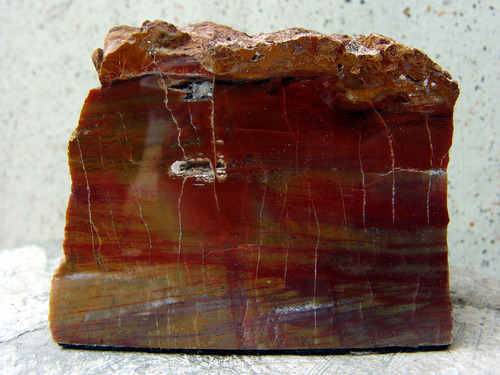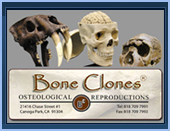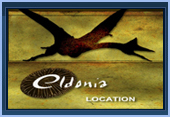일반명 : 나무화석(Petrifiedwood) Pine (소나무)
학명 : Araucarioxylon arizonicum
지질시대 : Upper Triassic(about 220 million years ago)
지층 : Chinle Formation
원산지 : Winslow Arizona, U.S.A.
The Late Triassic Araucarioxylon Arizonicum trees of the Petrified Forest National Park, Arizona, USA
The state fossil of Arizona is both world-famous and immensely popular with collectors. It is the type of petrified wood called Araucarioxylon arizonicum. It was given this name because the structure of the wood resembles that of the modern araucarias (Norfolk Island Pine and Monkey Puzzle Tree), although how closely related to them it may be is an open question.
This wood is the petrified remains of large trees that grew in Arizona during the Triassic Period, about 220 million years ago. The most famous of these deposits, the Chinle Formation, produces the beautiful agatized logs which are preserved at Petrified Forest National Park. The area was a lowland, sometimes dry basin which received abundant runoff and sediment from mountains to the south during the monsoons and volcanic eruptions. These conditions led to the burial of millions of trees, which over time, turned to stone.
Stone logs were first reported during early surveys of the area after the Civil War. Logs were sent to the Smithsonian and word of the "petrified forests" spread. Soon collecting endangered the area, and in 1906 the area was protected as a National Monument to preserve the fossil trees for future generations.
Examination and measurement of many of the trunks attributed to Araucarioxylon arizonicum Knowlton eroded from the Late Triassic Chinle Formation in the Petrified Forest National Park, Arizona demonstrate that the living tree did not closely resemble any of the present-day Araucaria trees of the southern hemisphere as postulated in past reconstructions. The research indicates that it was a tall monopodial tree with branches occurring in a disordered manner on the trunk from the base to the crown. Calculations using the allometric method of Niklas indicate that the trees were of considerable size. The largest recorded trunk has a basal diameter of nearly 3 m and may represent a tree 59 m high, when living. The root system of the A. arizonicum tree consisted of a ring of four to six steeply inclined lateral roots and a massive, vertically directed tap root. Many of the trunks still have their root systems attached, a circumstance that indicates their felling by the cut-bank operations of the local river system. The massive roots of these trunks, particularly the large tap root, are consistent with growth in soft, deep, alluvial soil, and the thin scale bark is to be expected in a tropical climate free from frost.
Sidney R. Ash & Geoffrey T. Creber
Department of Earth and Planetary Sciences University of New Mexico, Department of Geology Royal Holloway University of London, UK













































 수량을 선택해주세요.
수량을 선택해주세요.





































